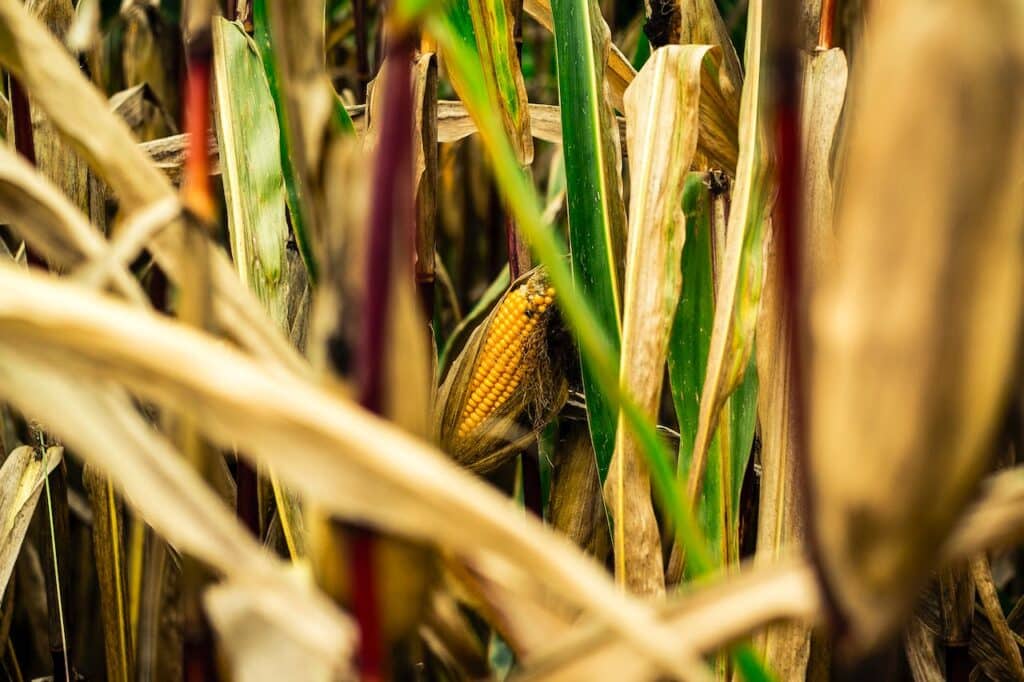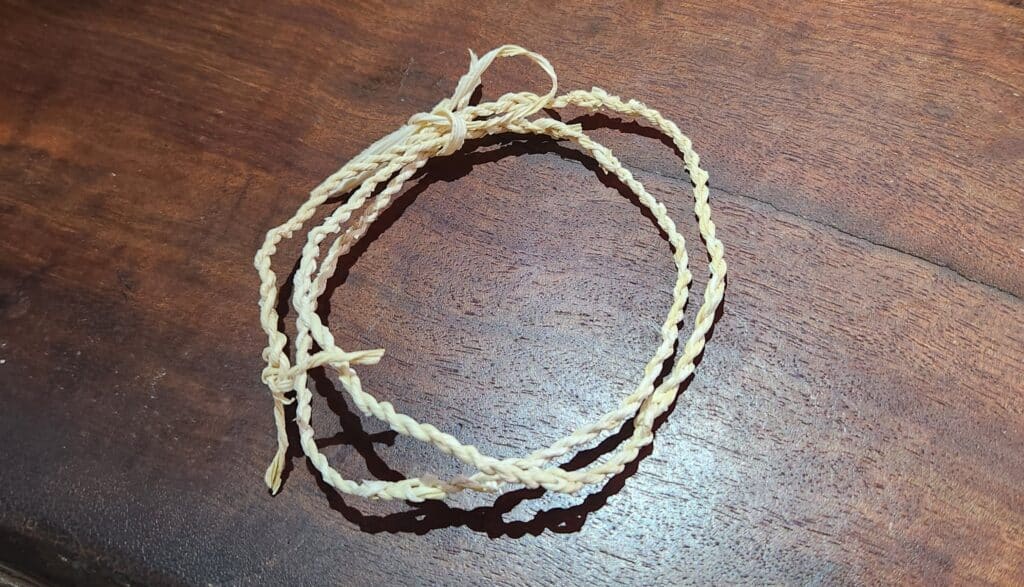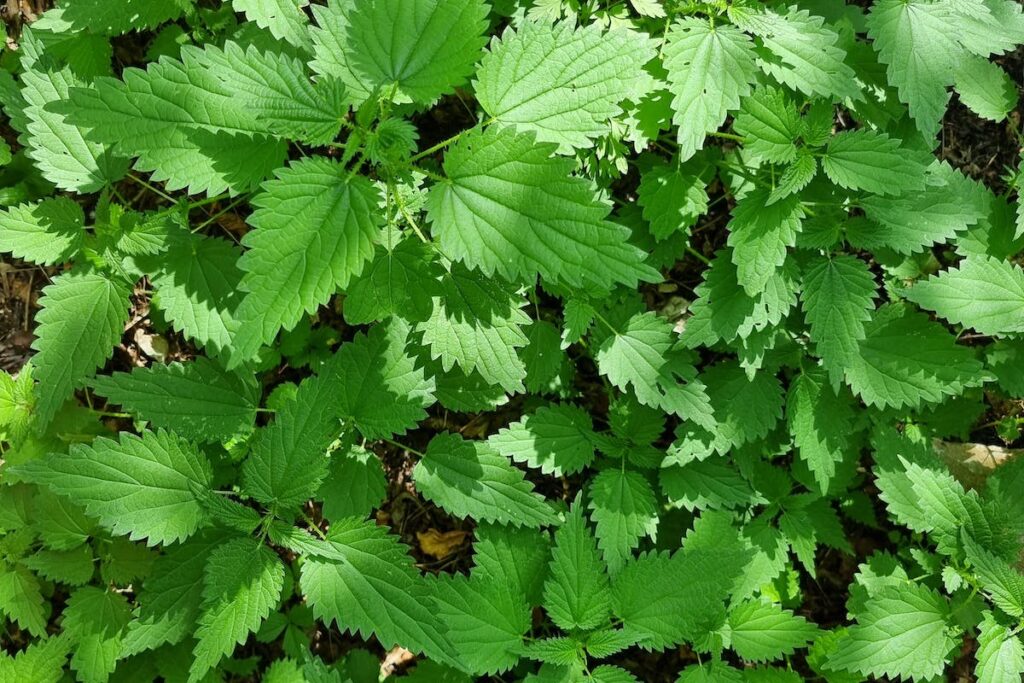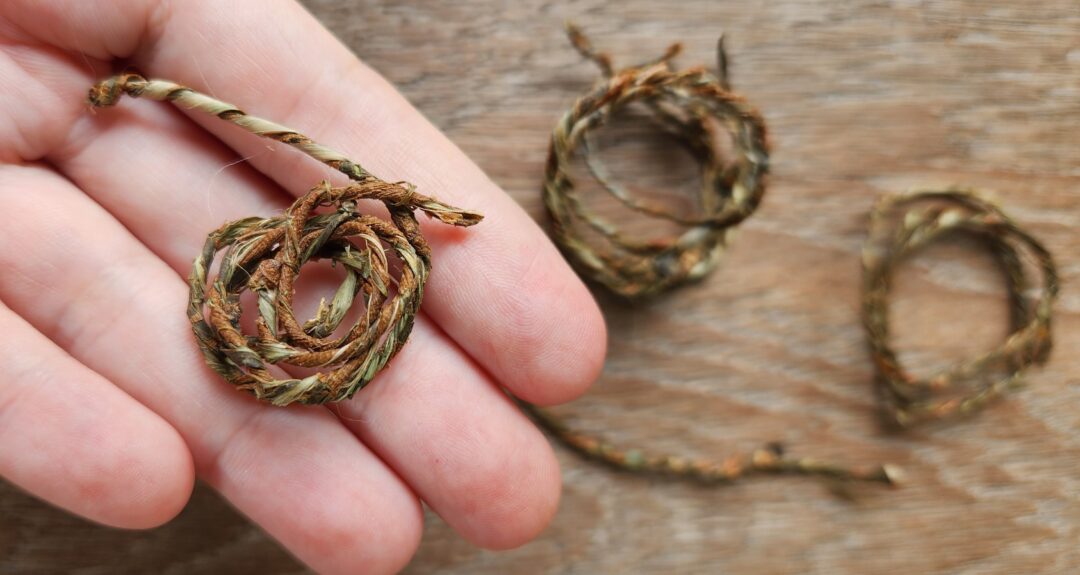Making cordage from backyard plants is a skill that enriches our appreciation for the natural world. This activity is not just fun and rewarding, but it teaches patience, respect for natural resources, and the ingenuity to utilise available materials effectively.
Many plants in your backyard contain fibrous material that can be turned into strong, durable cordage when processed correctly. Pictured above is what I made using my homegrown Ramie plant, which some use as a food colouring agent or to make dishes like Hakka Ramie Leaf dumplings.
If you live in a tropical climate, plants such as sea hibiscus, jute, kenaf, banana, bamboo and sugarcane are excellent sources of fibre after retting. The long, tough stalks or bark of these plants are what you are after.
Some other plant materials that make good cordage include pineapple leaves and Mother-in-law’s tongue, where its fibres can be extracted using water retting or the scraping method. Corn husks, once dried can also be used to make cordage by tearing them into strips and twisted (see below).


Should you live in a subtropical or temperate climate, some other plants you can consider include Stinging nettle (stalks), Yucca (leaves), Willow (bark) Dandelion (stalks), Milkweed (stems), Ivy (vines), Cattail (leaves), Kudzu (vines), Burdock (stalks) and Honeysuckle (bark).
Retting involves breaking down the pectin that binds fibres together in the plant. This can be done through water retting, where the plant material is soaked in water, or dew retting, where it is left on the ground to be exposed to dew, rain, and sunlight. Both methods require time and patience, as the non-fibrous part of the plant must decay sufficiently to allow fibre extraction. In general, the quality of water retted fibres are better than dew retted fibres.
For the scraping technique, use a butter knife to scrape the outer waxy layers of the leaves to expose the fibres. In some countries, a plate or coconut shell are used in place of a butter knife, depending on what is available and practical.


After retting or scraping, the fibres are dried and then can be twisted into cordage. The process of twisting fibres increases their tensile strength. Twisting two strands together and then plying them together creates a stronger cord.
Here are some short tutorial videos I found useful, I’m leaving it here for you to delve further into the intricate art of cordage techniques 🙂
I hope you found this post on making cordage from plants useful! For more gardening updates, follow my Facebook Page – The Tender Gardener, Instagram page @tendergardener and subscribe to my YouTube channel! See you there!



No Comments